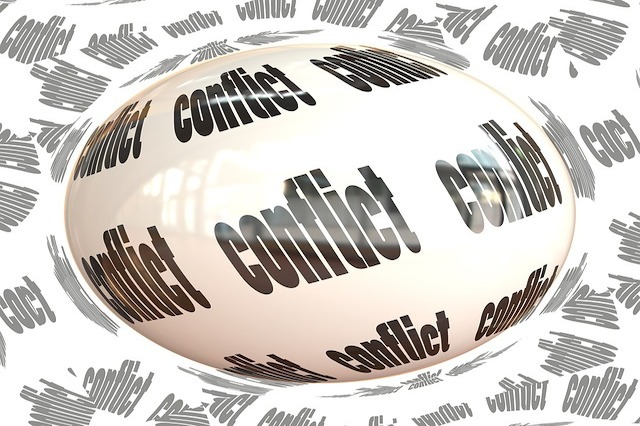
conflict is a strong disagreement between people or teams and will arise from time to time. Conflicts can be constructive or destructive. Destructive conflicts are focused on people and personalities. Constructive conflicts are centered around processes and functions. From an ITIL point of view most conflicts that will arise will be centered around processes and functions. Simply put a conflict will arise when someone does not get what they want when they expect it. So if a conflict arises who wins ? The best way to answer that is to try and understand the conflict itself and understand the definition of winning. In a conflict the party who’s goals are more aligned towards the goals of the organization should be more favored and should have more say in the matter. Having said that resolving a conflict may not be as easy as that. Taking a look at the nature of the conflict may provide a clue at the possible paths to resolutions.
- One off Conflicts – One of conflicts may arise from time to time with no history or precedence. In such cases one may take a look at the process and functions involved and the parties involved. In most cases the conflicts may be resolved by setting expectations of the involved parties or educating them on the correct usage of the involved process or functions. However these conflicts may still highlight shortcomings in the processes and should be analyzed and treated as such. Each data point should be analyzed and treated on its own merit.
- Recurring conflicts – Recurring conflicts will more often than not indicate short comings in the process and indicate the cause of friction between various parties. ITIL is a continuous improvement framework. So these conflicts will provide you with input to improve your process and streamline them. Take full advantage of such conflicts and get inputs from all the involved parties on what the cause of conflict was and what improvements can be made. Take a good, hard look at your process and see what is breaking.
The best way to resolve a conflict is to avoid it. Here are a few ways in which you can setup your process in ITIL that will help you to avoid conflicts.
- Avoid Bureaucracy – Those are ITIL’s own words, not mine. Literally, look them up. E.g. ITIL recommends a Change Request for all your environments however it does NOT have to be a long winded RFC for every change. Have small, quick fill forms or even service tickets for lower environments and save those big forms for the higher environments. Maybe automate some of the changes in a traceable and audit-able fashion which itself will serve as a RFC. Streamline your processes as much as possible to reduce paperwork while meeting your regulatory requirements.
- Bend the Rules – Keep your eyes on the goal. Remember the goal is NOT to implement ITIL but to align your process with your business strategy. ITIL should server as a guiding principle and not as a hard and fast rule. So in the service of business, if you have to bend some rules go for it. Does that mean you have to forgo all auditablity, tractability and security in favor of aligning your process with business ? Absolutely not. But this does mean that your strict rules should not hinder business functions and you must make allowances for business to function successfully. If you find yourself making too many allowances too frequently then you will either have to fix your process or set business expectations accordingly.
- Fix the Rules – Again ITIL is not written in stone. Those are industry best practices provided for guidance. Take what you find best, discard the rest,fill in the gaps on your own and you have a streamlined process that will result in minimal conflicts.
Last but not the least every conflict will provide an opportunity for continuous improvement. Track it as a data point. Maintain historical records and analyze them often to find trends. This will help you improve your processes even when conflicts are not happening often. Whats are your experiences with ITIL, conflicts and continuous improvement ? Leave a comment below and let me know.
Note: Orignally published at http://www.nimkar.net/index.php/8-change-management/2-managing-conflicts-itil-style